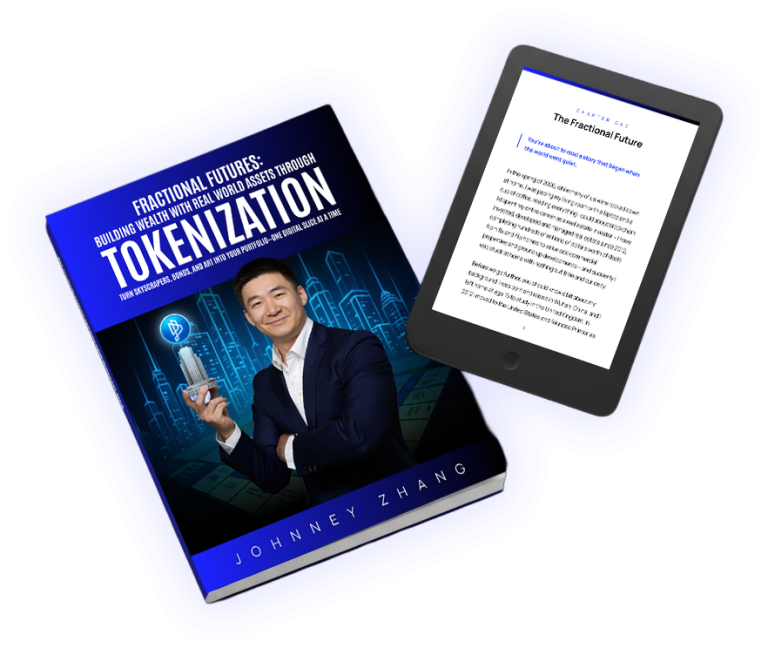Smart Contracts have been utilized heavily by a multitude of different blockchain networks. In fact, some of the largest projects in terms of market capitalization, which have paved the way for Decentralized Finance (DeFi), leverage the power of smart contracts the most.
From blockchains such as Ethereum (ETH), Cardano (ADA), and Solana (SOL), among many others, just about any project that aims to get into DeFi or facilitate specific services through decentralized means relies on them.
As such, today, we will be answering the question as to what exactly is a smart contract and how it works.
Smart Contracts Defined
By definition, a smart contract is a self-executing contract where the terms and agreements between the buyer and the seller are directly written within lines of code.
Furthermore, these lines of code, and the agreements contained within them, exist only on top of a distributed and decentralized blockchain network. What this essentially means is that the code can control the execution while the transactions are trackable and irreversible.
Smart contracts were originally proposed for the very first time by Nick Szabo in 1994. Szabo is an American computer scientist that is responsible for the creation of a virtual currency known as “Bit Gold,” which occurred in 1998, 10 years prior to the creation of Bitcoin.
He defined smart contracts as computerized transaction protocols which can execute the terms of a specific contract.
The Underlying Functionality of Smart Contracts
Now that we have a broader level of understanding as to what smart contracts are, let’s go over how they work.
Keep in mind that there is a wide range of architectures as to how exactly the programs can underpin the smart contracts and how they get developed, distributed, and even managed or updated over time.
What this essentially means is that they can get stored as a part of a blockchain or another distributed ledger type of technology, and they can also be integrated within a wide range of different payment mechanisms as well as digital exchanges.
Note that these smart contracts are not legally binding contracts in any way by default, and their main goal is to essentially execute any business logic automatically, which can perform a specific task, process, or transaction, all of which have been programmed into them to respond at the point in time when predetermined conditions get met.
The Smart Contract Creation Process
At the point in time when a smart contract gets created, the business team works with developers. Here, they essentially describe what requirements the smart contract needs to fulfill and how it can respond to specific commands, events, or use cases.
There can be events that are simple and can feature conditions, including the authorization of payment or a utility meter reading procedure. However, they can get a lot more complicated.
More sophisticated use cases might include the encoding of complex events, including the calculation of a value of a derivative financial instrument, as well as the processing of the derivative.
Let’s look at this from a practical standpoint. Let’s say that there are funds locked on a platform, and the condition for them to be unlocked, and get sent back to the original owner, is when they repay a loan they might have taken up. Instead of having a person process the received funds, confirm the loan has been returned, and release the funds, this is done automatically as the smart contract gets utilized.
That said, at the point in time when the smart contract gets deployed, it is then configured to listen to event updates from what is known as an oracle. This is a secured streaming data source, which is done through cryptographic means. Then, the smart contract can execute at the point in time when the right events occur from one or more oracles on the overall network.
Smart Contract Use-Cases
A majority of decentralized applications (dApps) function by a procedure where they essentially bundle smart contracts together as a means of enabling functionality that has a higher level of sophistication associated with it. There are thousands of dApps out there across a wide range of blockchain networks, and they can range in use cases in regard to finance, gaming, exchanges, and other media types. The one thing that connects all of them is the fact that each one of them utilizes smart contracts in different ways.
Smart contracts allow for interest on deposits, as well as loans, and are used across trading and investing. These are all functions that would otherwise, without the introduction and utility of smart contracts, only be available through traditional financial service organizations.
Additionally, smart contracts can be set up for trading, inventory tracking, prediction markets, betting, legal contracts, and just about anything else. You name it, and if it exists in traditional finance, it can be transferred to the blockchain with smart contracts, and it can even be enhanced through the process of asset fractionalization, for example.
Smart contract technology has seen an immense level of utility throughout the blockchain space, and it is growing at a rapid pace.
The Future of Smart Contracts
The trustless enforcement of contractual obligation, which gets executed over the public ledger, might be found commonplace at some point in time in our future. Through the development of compliance-built smart contracts, the overall and underlying innovation of blockchain technology has become a compelling use case for many companies.
For example, United States Property Coin (USP) is a project and token that aims to tokenize U.S. real estate portfolios and can provide real value on top of the blockchain, where the USP token can be utilized for the use-case in question.
However, in order for it to enable the functionality that it does, it also needs to leverage time contracts. As USP tokenizes real estate portfolios, the overall income-producing real estate assets are located throughout the urban markets within the U.S. and need to be automated, something that is done through smart contracts.
USP leverages the power of smart contracts as a means of streamlining and automating real estate transactions, all of which can create an immutable representation of them on top of the blockchain network.
The real-estate industry as a whole introduces a lot of unique use cases surrounding smart contracts.
Traditionally, buying real estate is illiquid due to the fact that only a limited number of people can access this asset class. But blockchain technology introduces asset fractionalization with tokenization, and this means that fractional purchases can occur. All of these can be facilitated with smart contracts instead of having the owner need to manually do things on-chain.
As the crypto space grows, more and more projects will get developed, all of which tap into a different portion of traditional finance, or a specific asset class, that will want to introduce it to the DeFi Space. DeFi, as well as dApps, would be a lot more difficult to pull off without smart contracts, as they would require manual inputs, reducing the overall appeal of decentralization.
Smart contracts, as such, are the foundational technology in blockchain and play a fundamental role within any network that they are a part of due to the fact that they have seen tremendous levels of usage.















